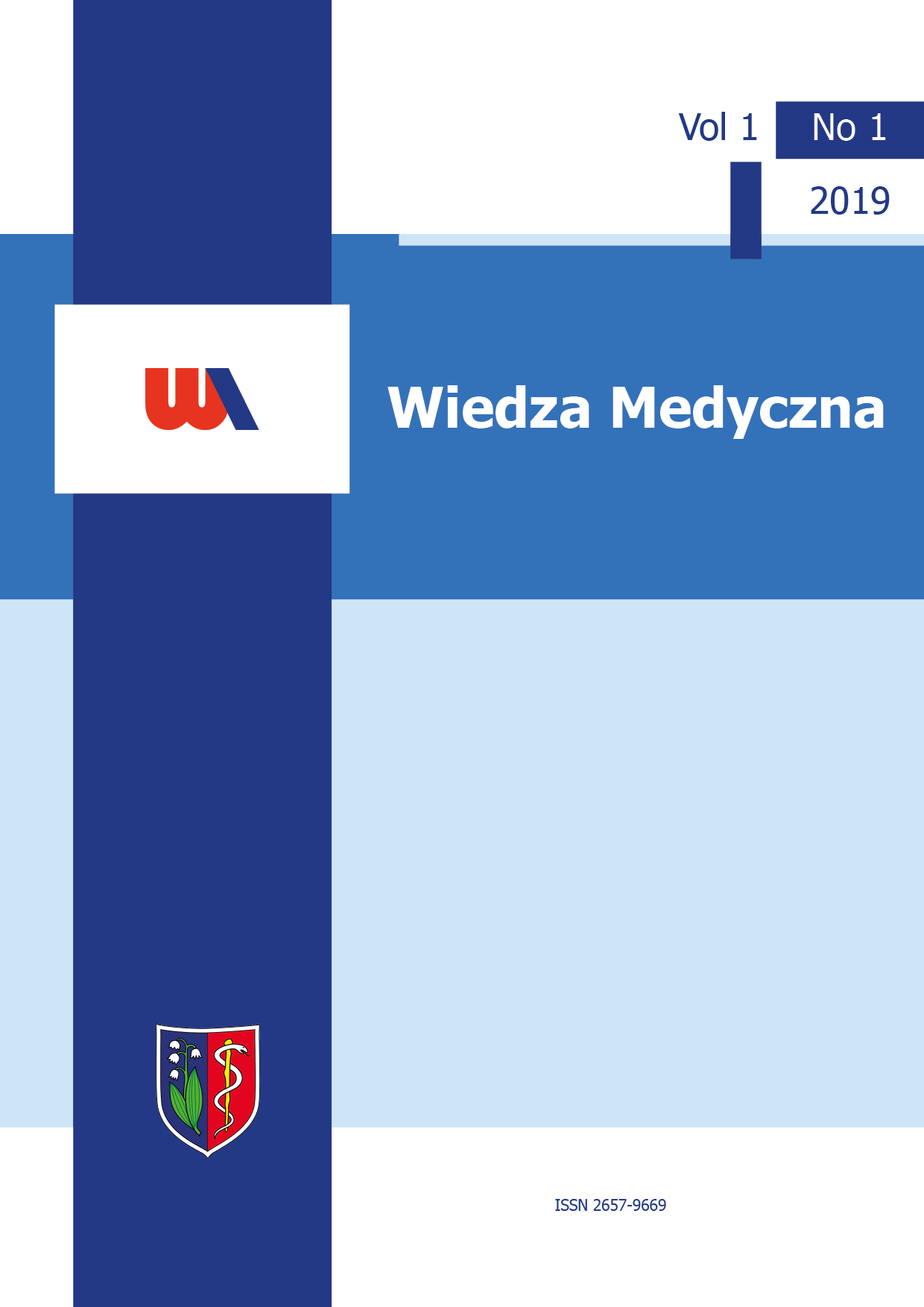Abstract
Tinea capitis is one of the most frequent dermatophytic infections of the scalp in children. The most common pathogen is Trichophyton torsurans and Microsporum canis. One of the most severe forms is described as kerion, which usually occurs due to advanced infection and exaggerated host response resulting in widespread inflammation, frequently with pustule and abscess formation. Prolonged infection may lead to permanent alopecia. Differential diagnosis and adequate treatment play critical role especially when it affects the children.
References
(1) Gupta AK, Mays RR, Versteeg SG, et al. Tinea capitis in children: a systematic review of management. J Eur Acad Dermatol Venereol 2018 Dec; 32(12):2264-2274. DOI: 10.1111/jdv.15088. Epub 2018 Jul 12.
(2) Bolognia J, Jorizzo JL, Schaffer JV. Dermatology. 4th ed. Elsevier Saunders. Philadelphia 2017; 1338-1340.
(3) Nakagawa H, Nishihara M, Nakamura T. Kerion and tinea capitis. IDCases 2018 Jun 28; 14:e00418. DOI: 10.1016/j.idcr.2018.e00418. eCollection 2018.
(4) Placzek M, van den Heuvel ME, Flaig MJ et al. Perniosis-like tinea corporis caused by Trichophyton verrucosum in cold-exposed individuals. Mycoses 2006 Nov; 49(6):476-9.
(5) John AM, Schwartz RA, Janniger CK. The kerion: an angry tinea capitis. Int J Dermatol 2018 Jan; 57(1):3-9. DOI: 10.1111/ijd.13423. Epub 2016 Oct 1.
(6) Shastry J, Ciliberto H, Davis DM. Tinea capitis mimicking dissecting cellulitis in three children. Pediatr Dermatol 2018 Jan; 35(1):e79-e83. DOI: 10.1111/pde.13343. Epub 2017 Dec 18.

This work is licensed under a Creative Commons Attribution 4.0 International License.


